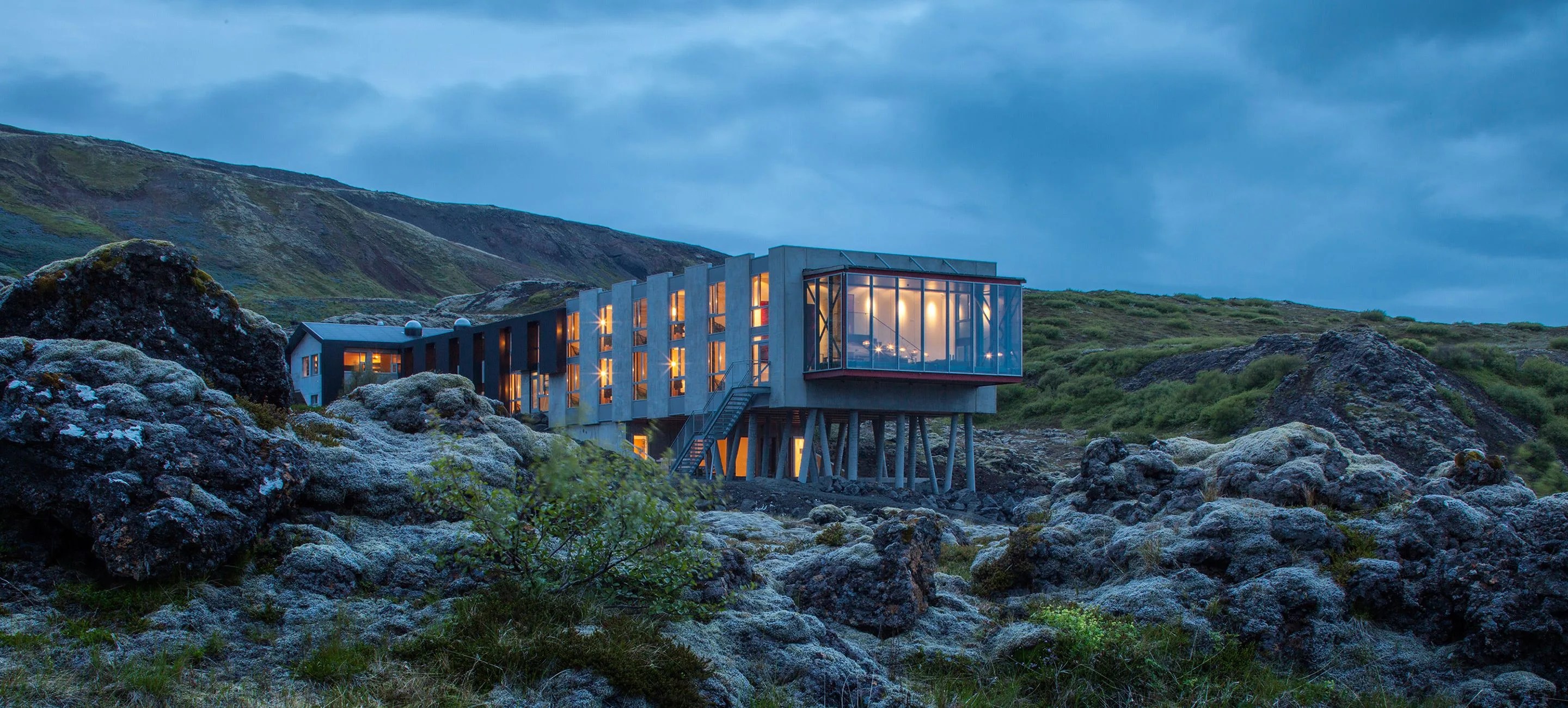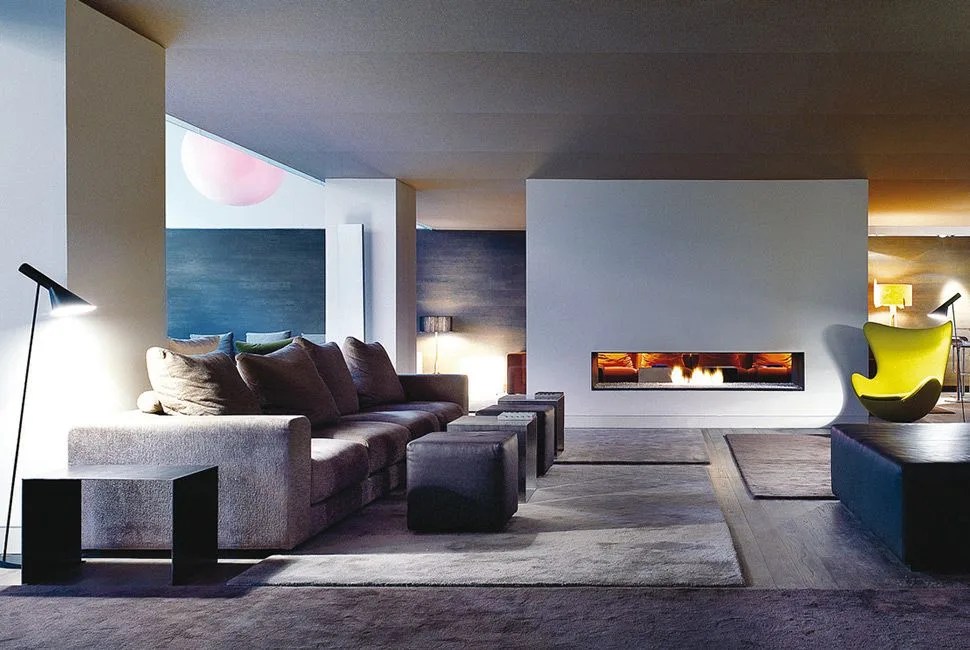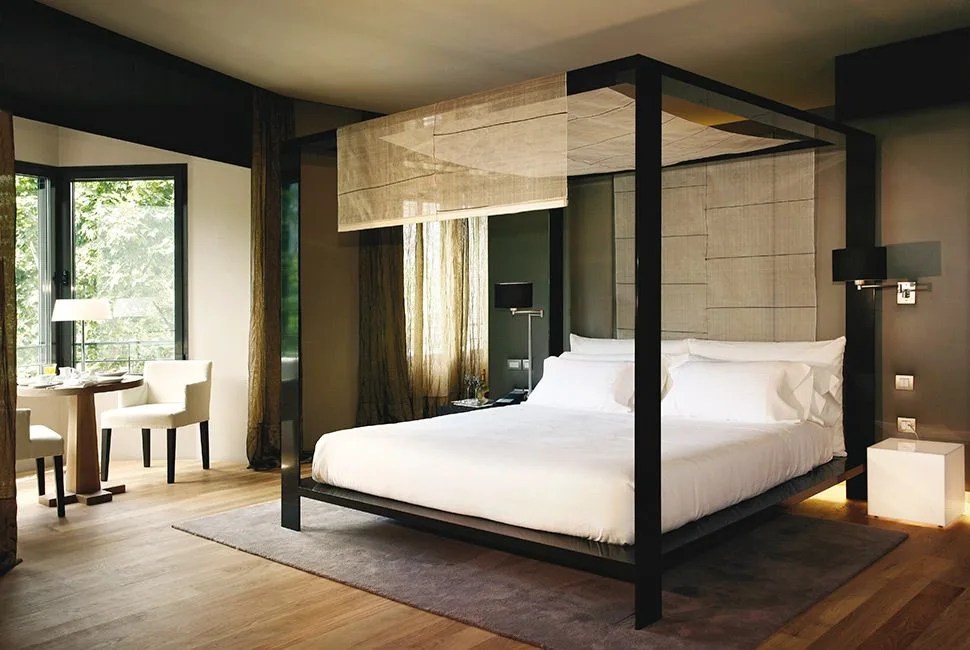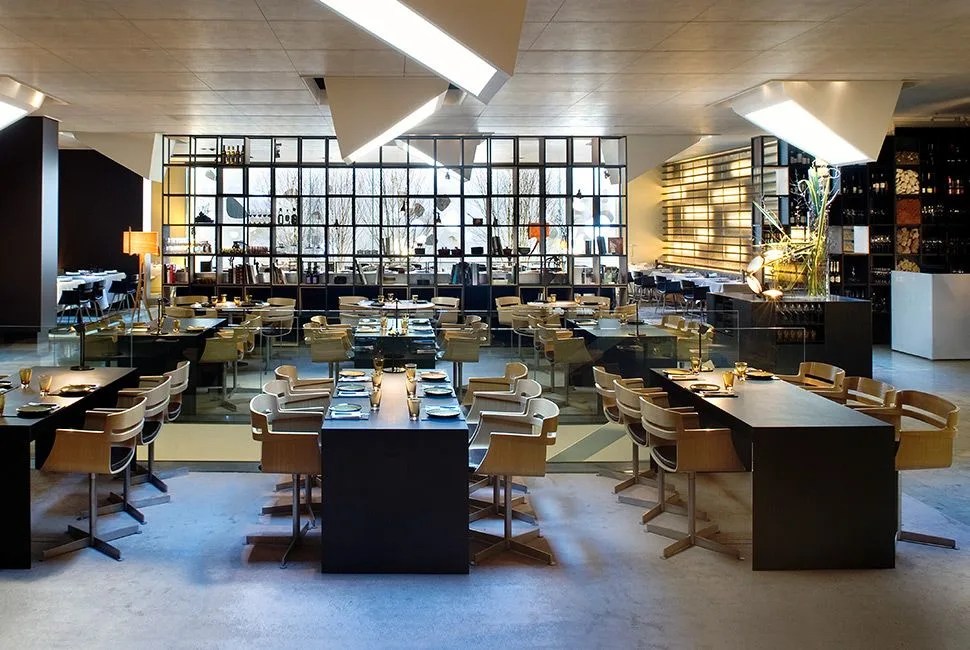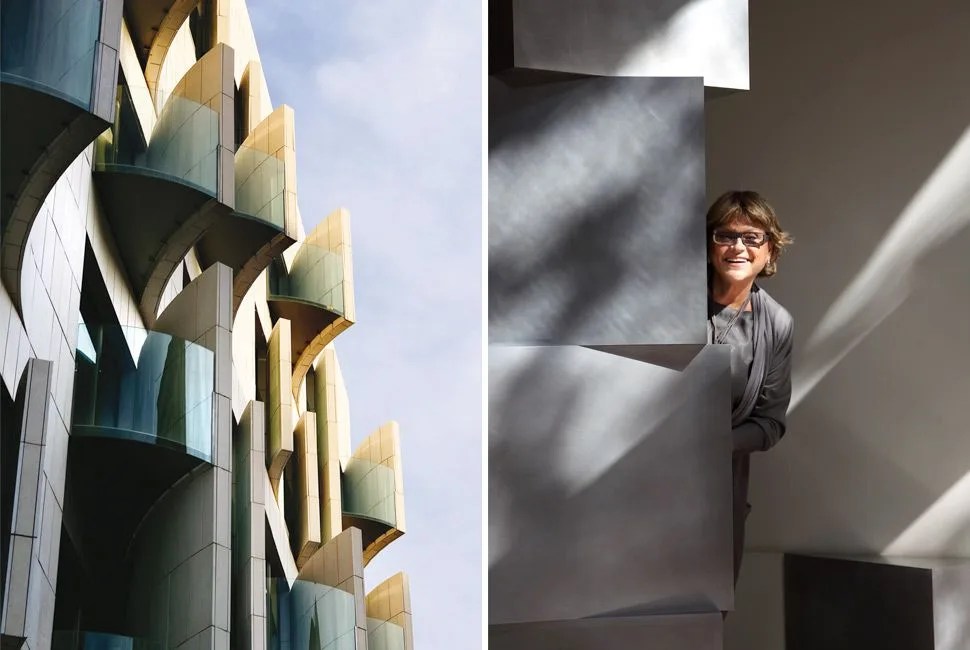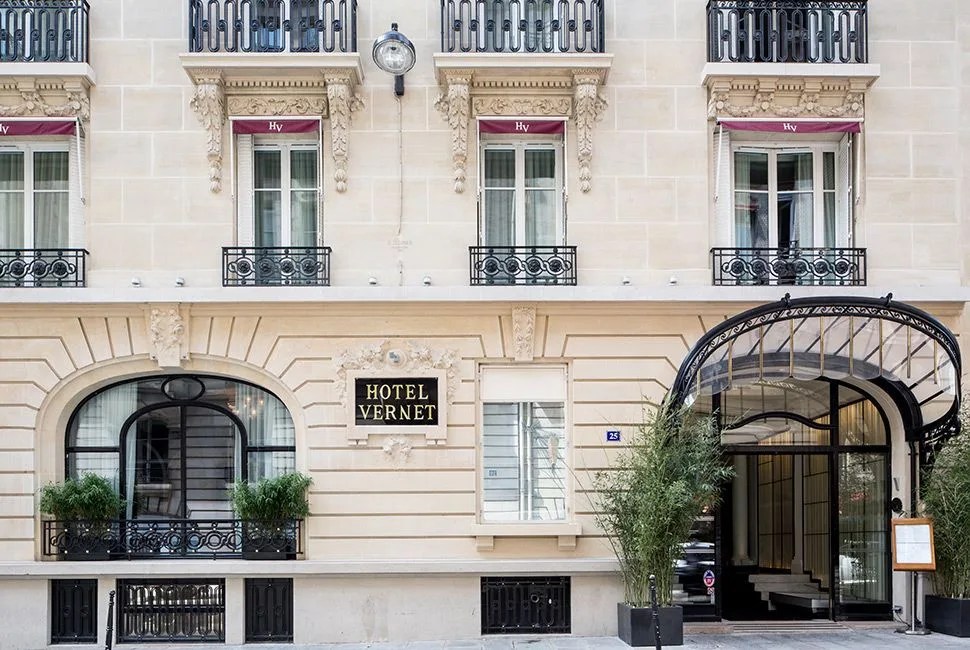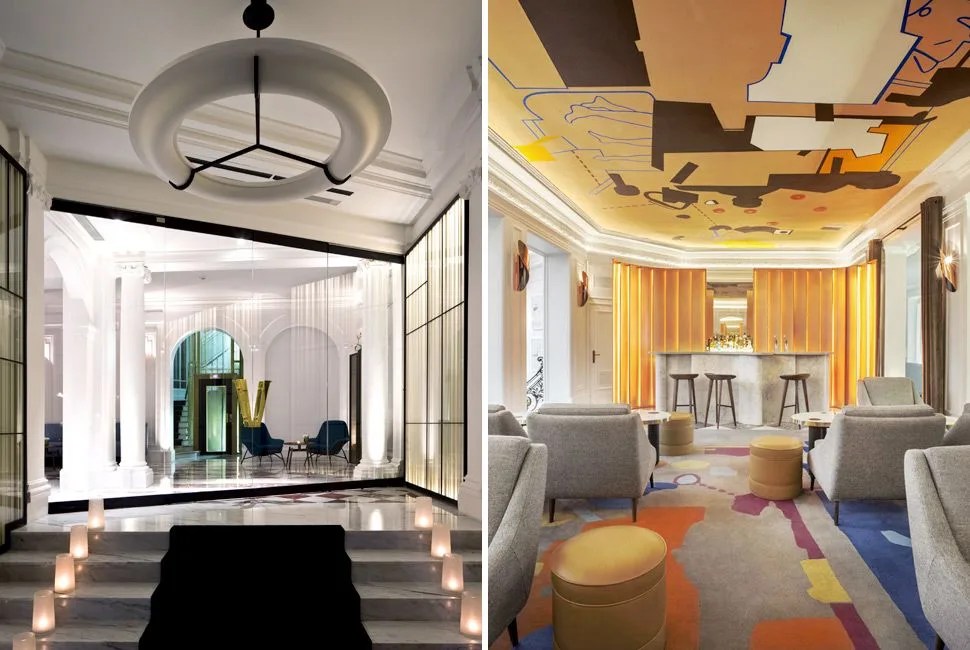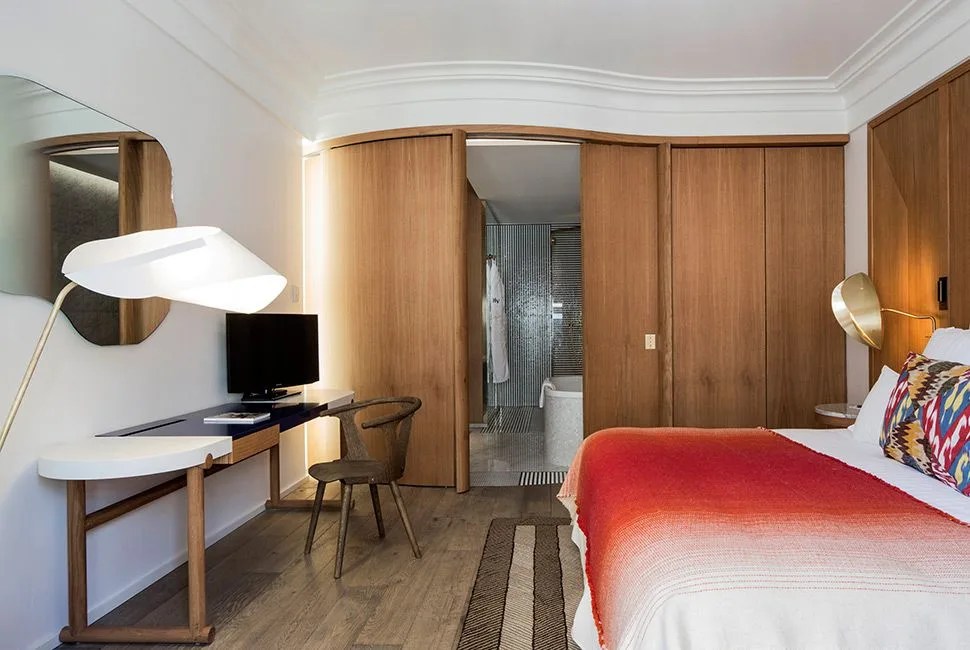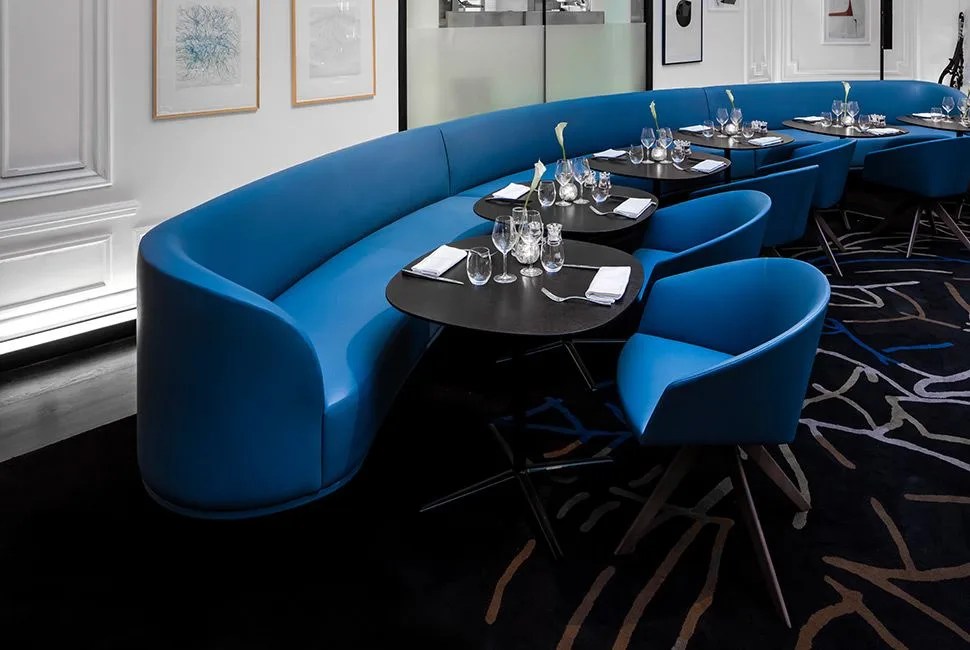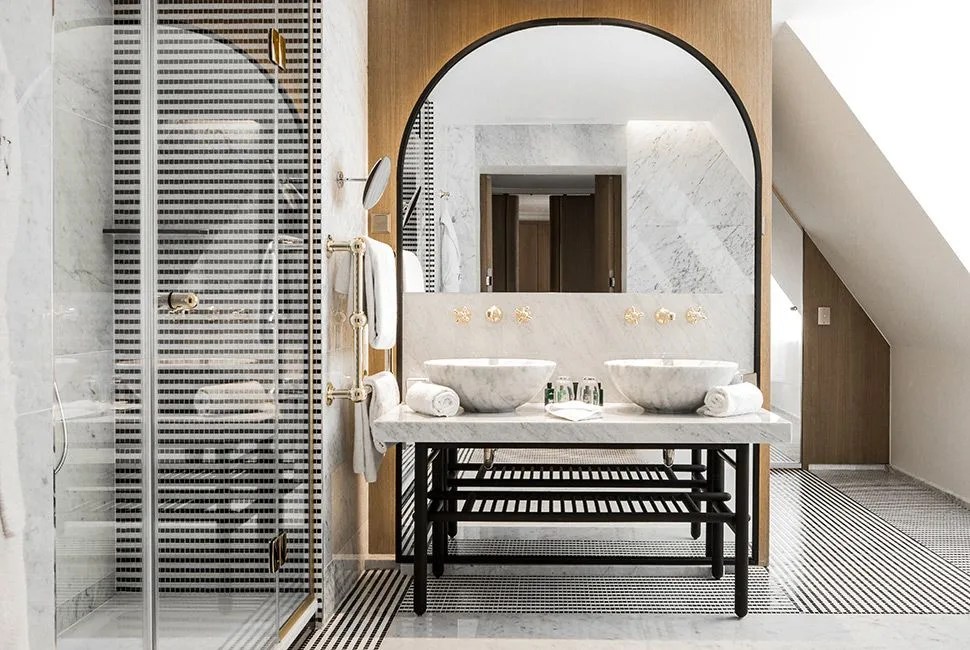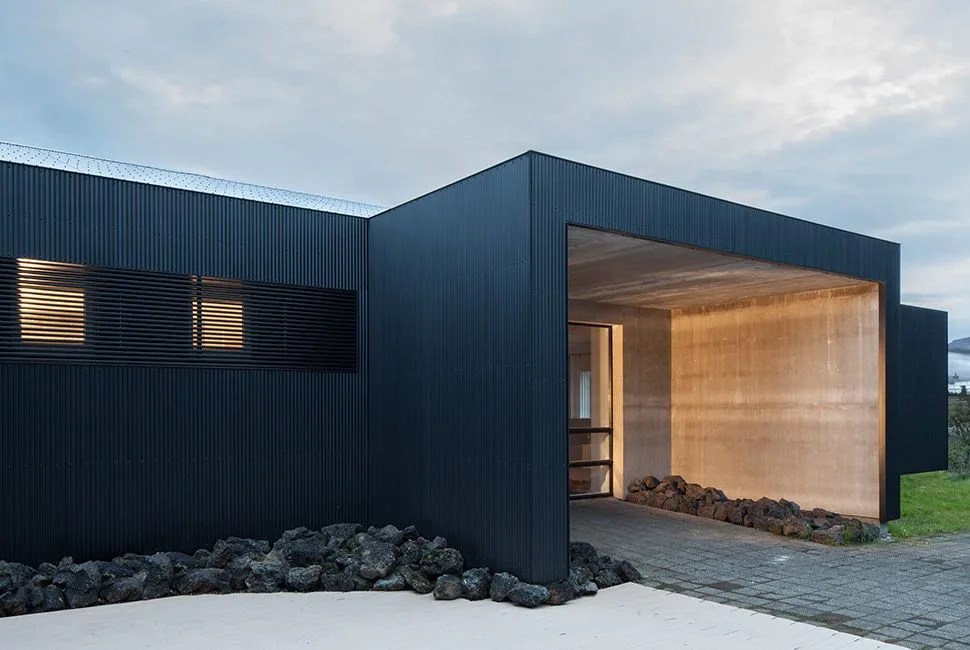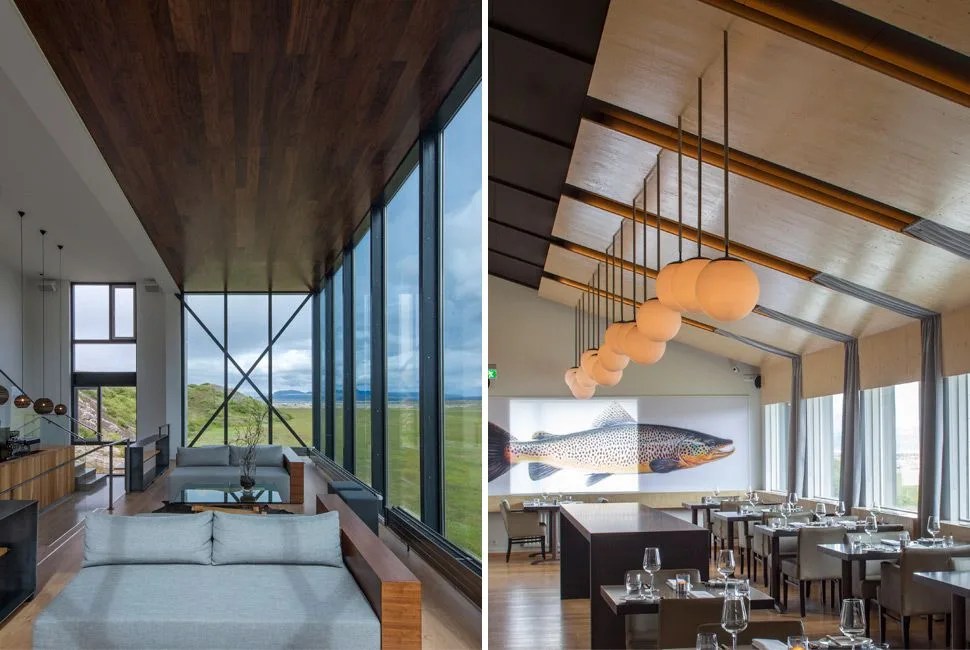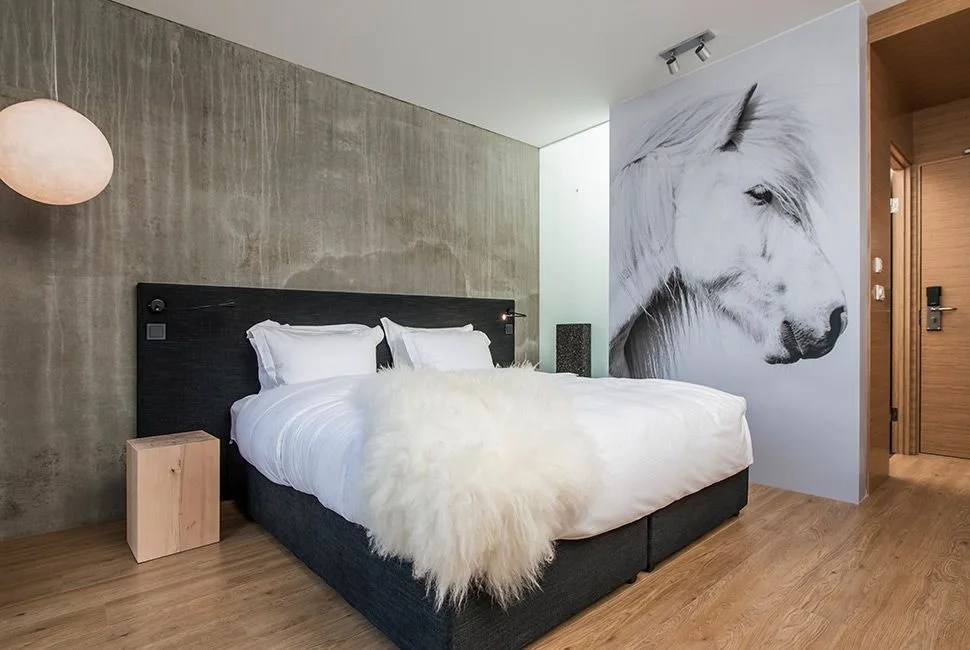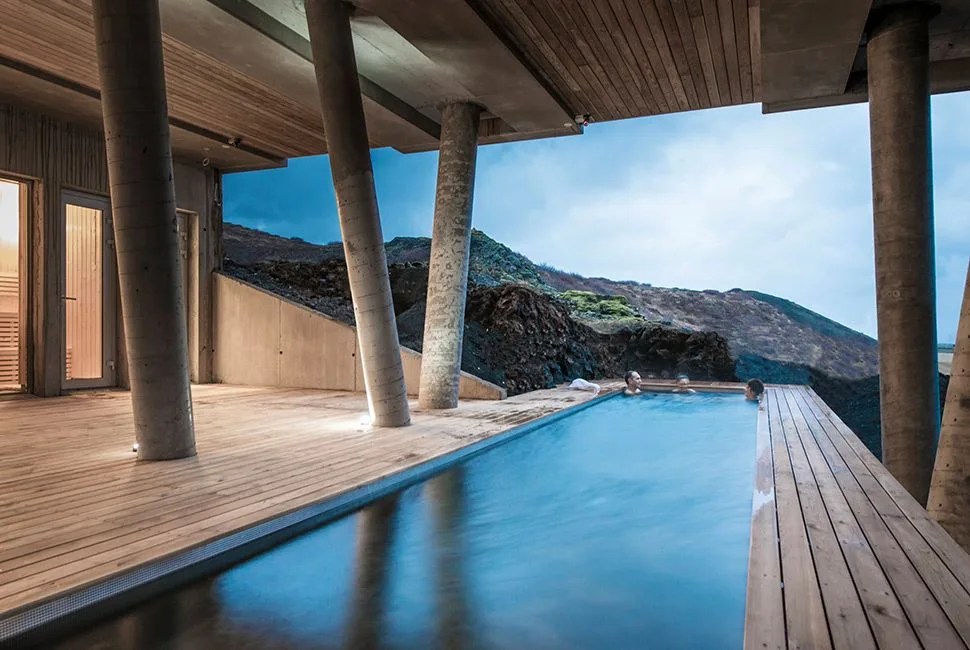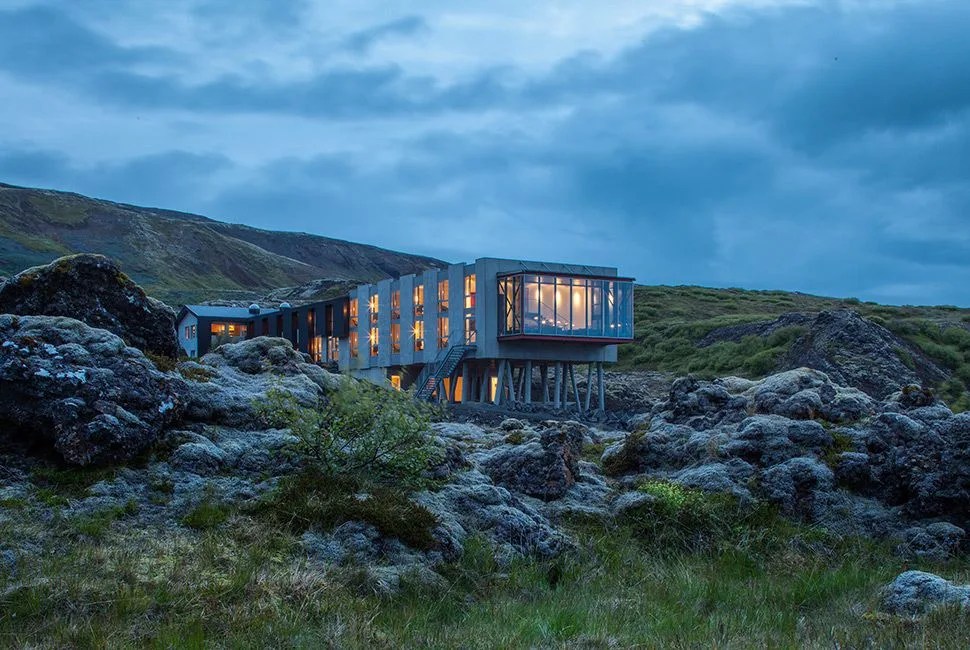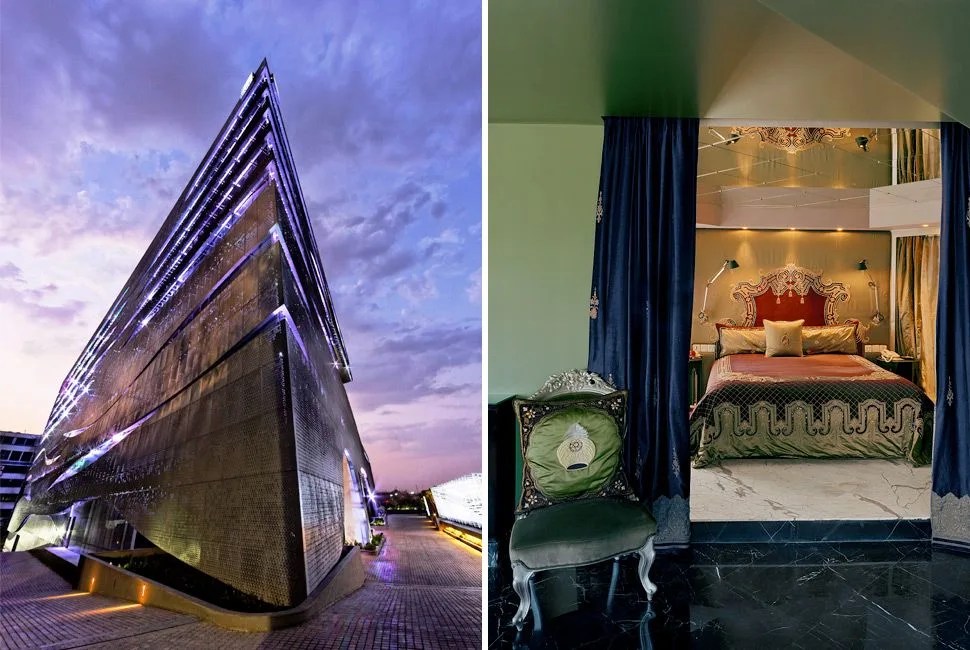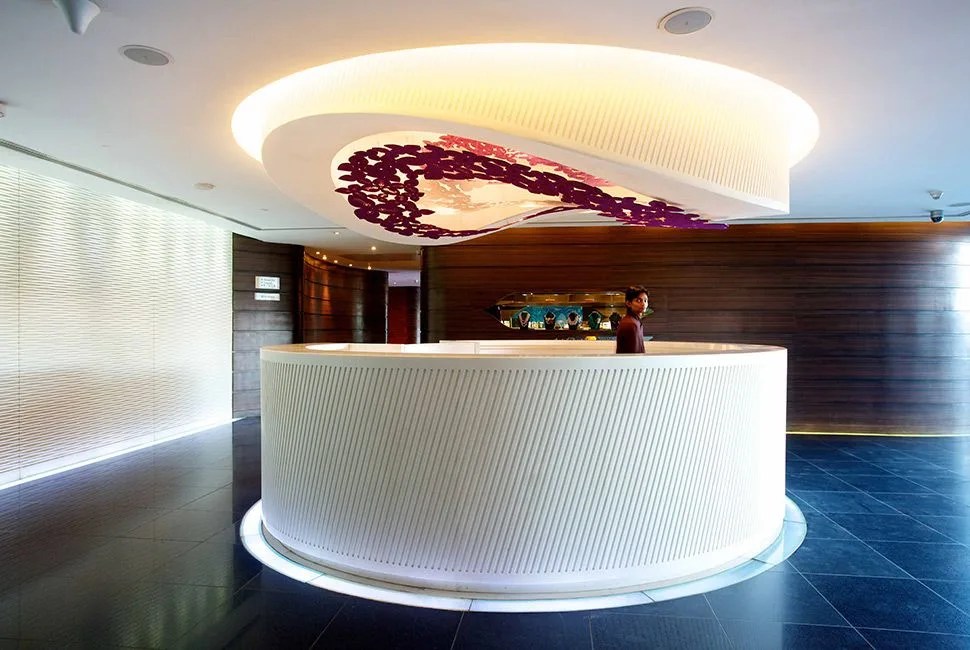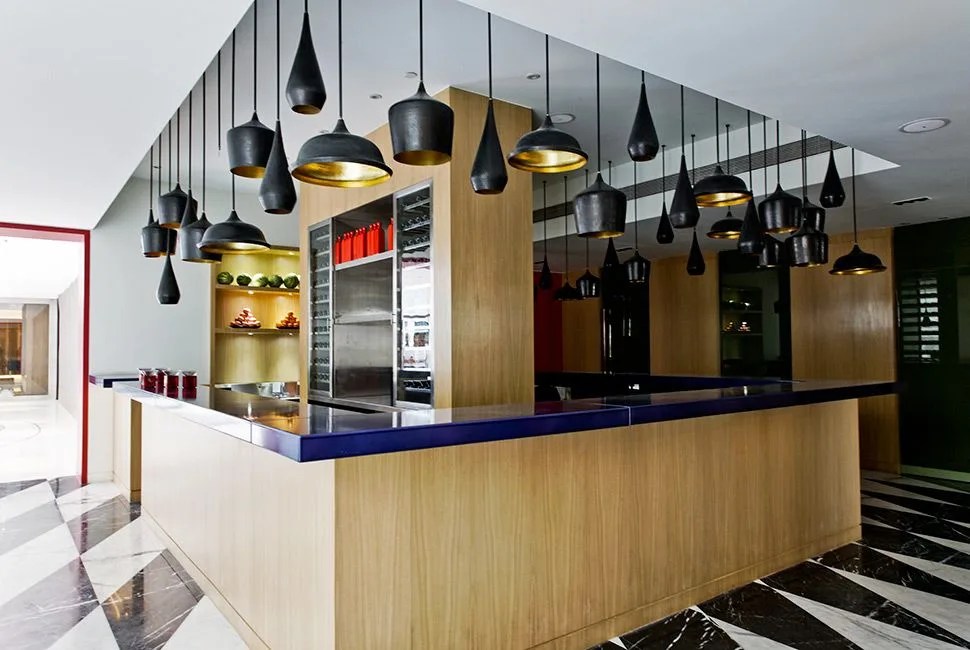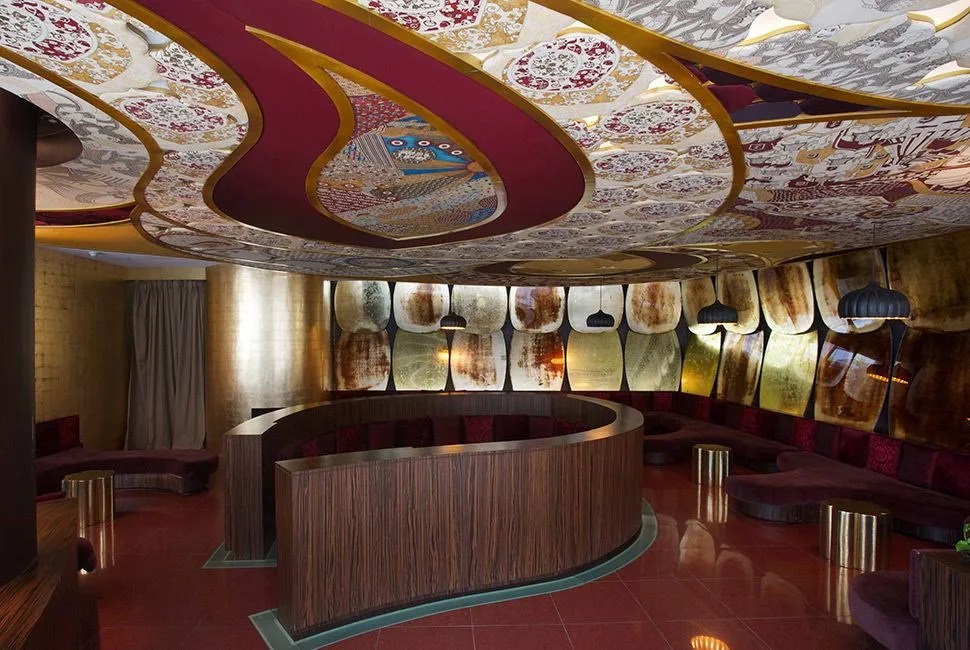The fifth edition of the Design Hotels Book, released in June of 2015, is a 500-page behemoth that showcases 279 impeccably designed hotels (60 of them new to this edition) across 56 countries. Not only is this hardcover beautifully shot, with photos that practically pack bags and book trips themselves, but the book also tells the 279 stories of the architects and designers behind each hotel. This excerpt highlights four spectacular hotels — Hotel Omm in Barcelona, Hotel Vernet in Paris, India’s Park Hotel Hyderabad, and the Ion Luxury Adventure Hotel in Nesjavellir — and the creative stories behind each. – Tucker Bowe
4 photos
Hotel Omm
Where: Barcelona, Spain
Member Since: 09/2003
Architecture: Juli Capella
Design: Sandra Tarruella, Isabel López
Rooms: 91
Rates: €215–€1,300 (~$233-$1,410)
Meet the Original: Rosa Maria Esteva
With little more than passion and an unwavering belief in herself, restaurateur Rosa Maria Esteva took on a hotel project that would become legend. Hotel Omm, that iconic structure in Barcelona’s elegant Passeig de Gràcia, came to life thanks to Esteva’s bold leap of faith. Already wildly successful with Grupo Tragaluz (a joint venture with her son that includes 16 restaurants), she believed that she could produce a standout hotel, even if she had no experience in that arena.
“I wanted to do this alone because this was my vision,” she says. “My dream was to build a hotel that I would want to stay in. I’ve traveled a lot in my lifetime and I understood exactly what it was I wanted to create.”
